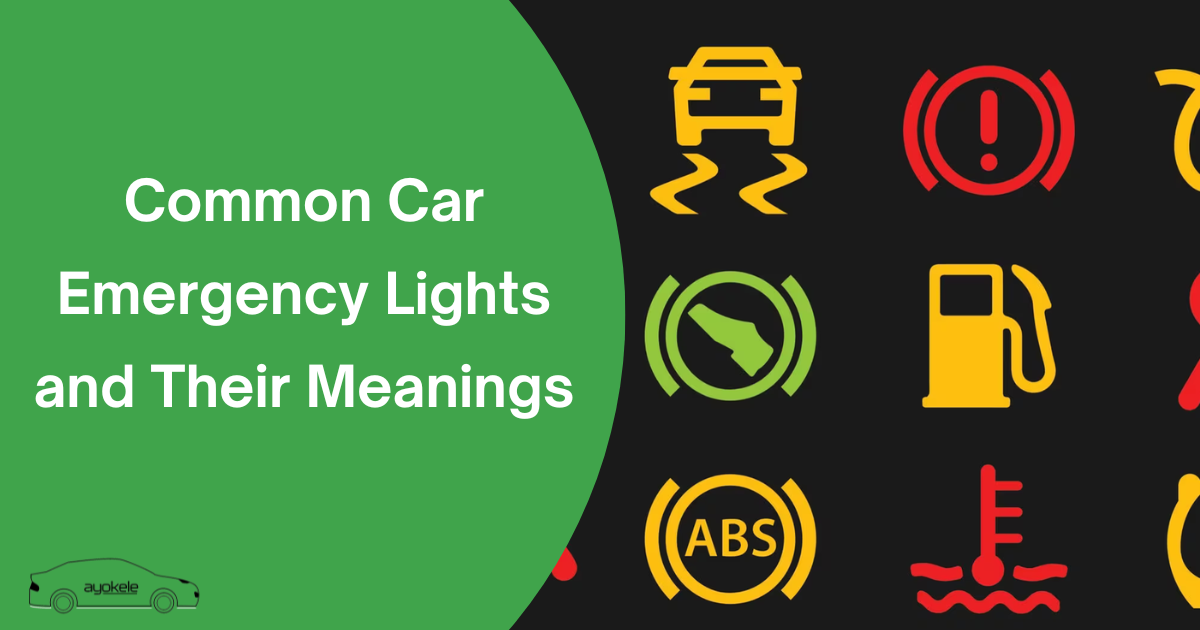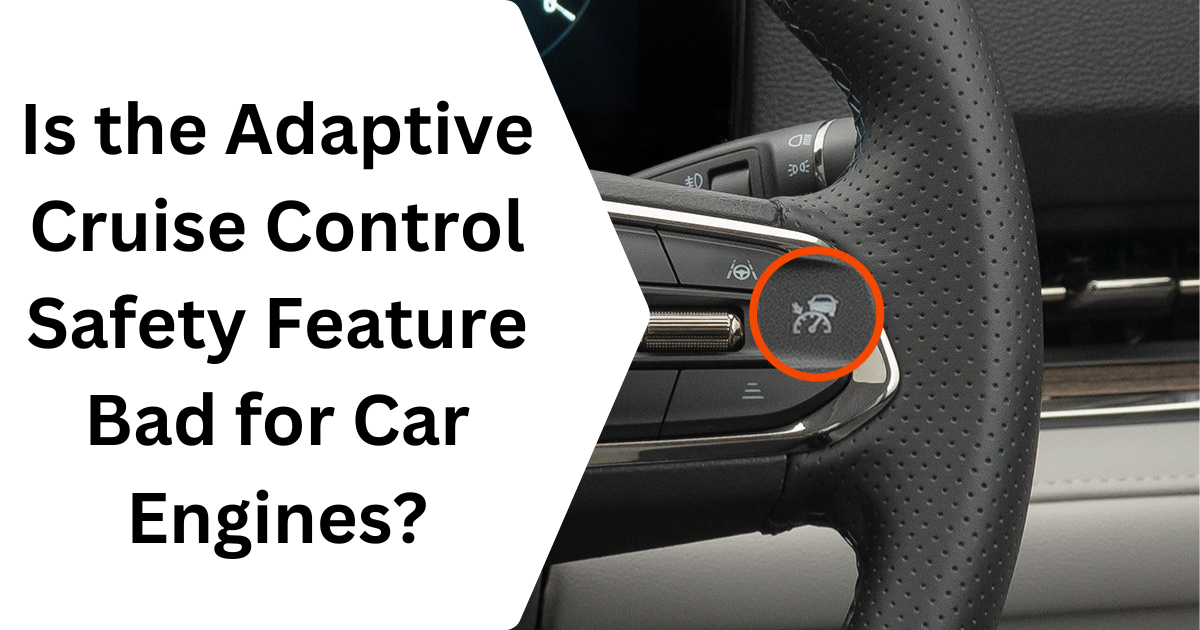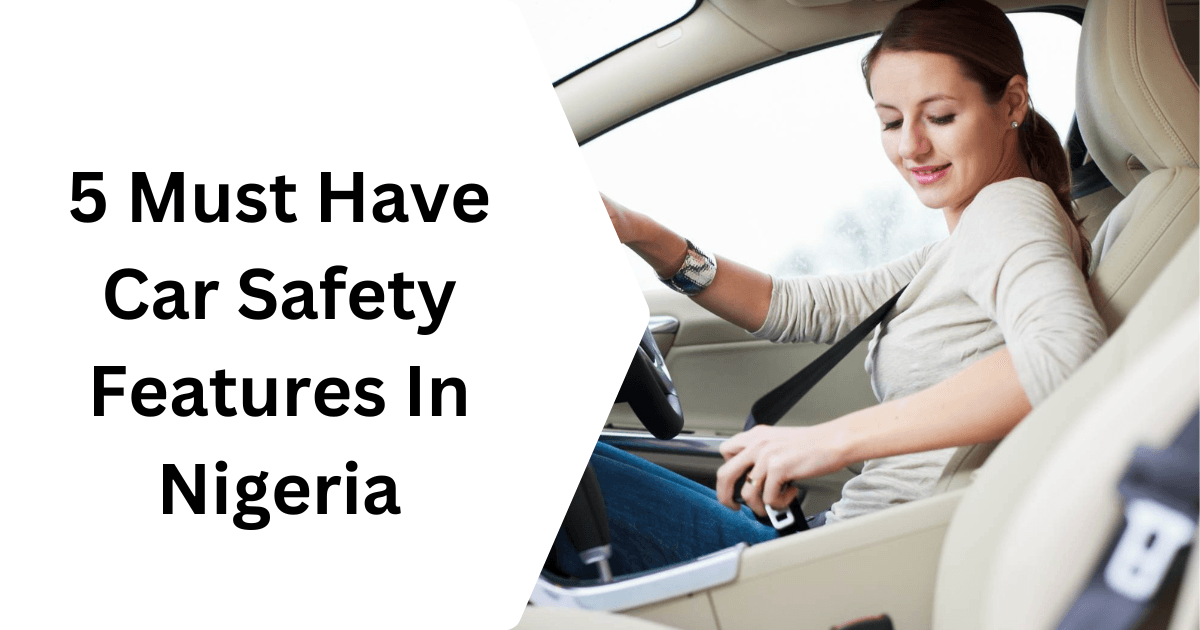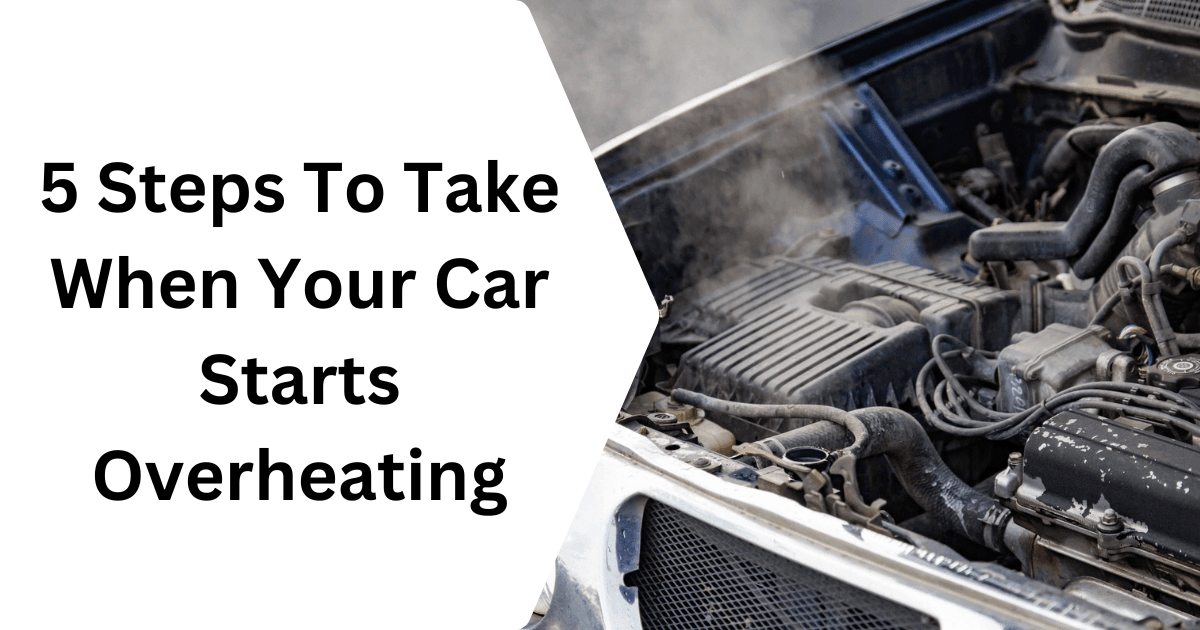Car emergency lights are visual warning signals on your vehicle’s dashboard designed to alert drivers about potential issues with the car. These lights are part of the car’s onboard diagnostic system and are activated when the system detects a problem. They can indicate anything from routine maintenance needs, such as low tire pressure, to critical issues, like engine malfunctions or brake failures. In this article, we’ll guide you through the key car emergency lights you need to know, what they indicate, and how to respond when they appear.
Common Car Emergency Lights and Their Meanings
1. Check Engine Light
The check engine light is one of the most commonly recognized warning indicators. It appears when the car’s onboard diagnostic system detects an issue with the engine or emissions system. This light can signify various problems, from a loose gas cap to more severe issues like a malfunctioning sensor, ignition problems, or engine misfires. If the light is steady, it means the issue is not urgent but should be checked soon. However, if it’s flashing, it indicates a serious problem that requires immediate attention to prevent engine damage.
2. Oil Pressure Warning Light
This light illuminates when the oil pressure in your engine drops below the recommended level. It can indicate a problem such as low oil levels, a leak, or a failing oil pump. Ignoring this warning can lead to serious engine damage since oil is critical for lubricating moving parts and preventing overheating. If this light comes on, pull over immediately, check the oil level, and add oil if necessary. If the light persists, seek professional help as soon as possible.
3. Battery Warning Light
The battery warning light signals an issue with your car’s charging system. It could mean a failing alternator, a dead or weak battery, or loose electrical connections. When this light appears, your car may lose power gradually, making it difficult to start the engine or run accessories like air conditioning. Addressing this issue promptly can prevent a total breakdown. It’s recommended to have the battery and alternator tested at a repair shop if the light stays on.
4. Brake System Warning Light
This light indicates potential problems with your car’s braking system. It could signify low brake fluid levels, worn brake pads, or more serious issues like a brake system failure. Driving with this light on is unsafe, as it compromises your ability to stop the car effectively. If the light comes on, stop driving and inspect the brake fluid level. If the issue isn’t resolved, have your brakes checked by a mechanic immediately.
5. Tire Pressure Monitoring Light (TPMS)
The tire pressure monitoring system (TPMS) light alerts you when one or more of your tires have low pressure. This can happen due to punctures, slow leaks, or changes in temperature. Driving with underinflated tires can affect your car’s handling, fuel efficiency, and tire lifespan. When this light comes on, use a tire gauge to check the pressure and inflate the tires to the recommended levels. If the light stays on after inflation, have the tires inspected for damage.
6. Coolant Temperature Warning Light
The coolant temperature warning light indicates that your car’s engine is overheating. This could be due to low coolant levels, a faulty thermostat, or a failing radiator. Overheating can cause severe damage to the engine if not addressed promptly. When this light comes on, stop the car immediately, let the engine cool down, and check the coolant levels. Avoid opening the radiator cap while the engine is hot, as it could cause burns. If the coolant level is sufficient and the light persists, seek professional assistance.
7. ABS Warning Light
The ABS (Anti-lock Braking System) warning light illuminates when there’s an issue with the anti-lock braking system. ABS prevents the wheels from locking up during hard braking, helping maintain control of the vehicle. If this light comes on, it could mean a malfunctioning sensor, damaged wiring, or other issues within the ABS system. While the regular brakes may still function, the added safety feature of ABS will be disabled. It’s important to have this checked by a mechanic to ensure your braking system is fully operational.
8. Airbag Warning Light
The airbag warning light signals a problem with the airbag system, which could prevent the airbags from deploying in the event of a collision. This issue might be caused by a malfunctioning sensor, faulty wiring, or a disconnected component. When this light stays on, it’s a clear indication that the safety feature is compromised, and immediate inspection is necessary. Addressing this issue ensures you and your passengers remain protected in case of an accident.
Why It’s Important to Respond to Emergency Lights Promptly
Car emergency lights serve as early warning signals that can save you from costly repairs and potential safety hazards. Ignoring these lights, even when they appear minor, can lead to more severe damage over time. For example, a check engine light might initially signal a small issue like a faulty sensor but, if left unchecked, could escalate to major engine failure. Responding promptly allows you to address the problem early and avoid expensive repairs or replacements.
Emergency lights are also critical for ensuring your safety on the road. Lights like the brake system warning or tire pressure monitoring light indicate issues that directly affect your ability to drive safely. Ignoring these warnings can compromise your control of the vehicle, increasing the risk of accidents. Acting immediately not only protects you but also ensures the safety of other road users.
Addressing emergency lights promptly extends the lifespan of your car. Regularly ignoring these alerts can lead to wear and tear on vital components, reducing the overall durability of the vehicle. Timely responses help maintain your car’s performance and reliability, ensuring a smoother driving experience and preserving its value over time.
Preventive Maintenance to Avoid Emergency Lights
1. Regularly Service Your Vehicle
Routine servicing is one of the most effective ways to prevent emergency lights from appearing. Regular oil changes, filter replacements, and inspections of key systems like brakes and the engine help detect potential issues early. Following your car manufacturer’s recommended service schedule ensures that all components are in optimal condition, reducing the chances of warning lights coming on unexpectedly.
2. Check Fluids Frequently
Maintaining proper fluid levels is essential for preventing emergency lights related to oil pressure, coolant temperature, and brakes. Low fluid levels can trigger warning lights and lead to mechanical issues if ignored. Make it a habit to regularly check and top up essential fluids, including engine oil, brake fluid, coolant, and transmission fluid. This simple practice can save you from costly repairs and ensure your vehicle runs smoothly.
3. Monitor Tire Pressure
Tires play a critical role in vehicle safety, and maintaining proper tire pressure can prevent the tire pressure monitoring system (TPMS) light from turning on. Use a tire pressure gauge to regularly check the air levels in your tires and inflate them according to the manufacturer’s recommendations. Properly inflated tires also improve fuel efficiency and prolong tire life.
4. Inspect the Battery and Electrical System
A weak or failing battery is a common cause of emergency lights, such as the battery warning light or ABS light. Regularly inspect your battery terminals for corrosion and ensure the connections are secure. If your battery is old, consider testing its charge capacity to ensure it’s still reliable. Checking the electrical system can also prevent unexpected failures of key components.
5. Address Minor Issues Immediately
Even if a warning light turns on briefly and then disappears, it’s important to investigate the cause. Small problems, such as a loose gas cap, can escalate into larger issues if ignored. Taking immediate action for minor issues ensures they don’t develop into costly repairs or compromise your car’s performance.




